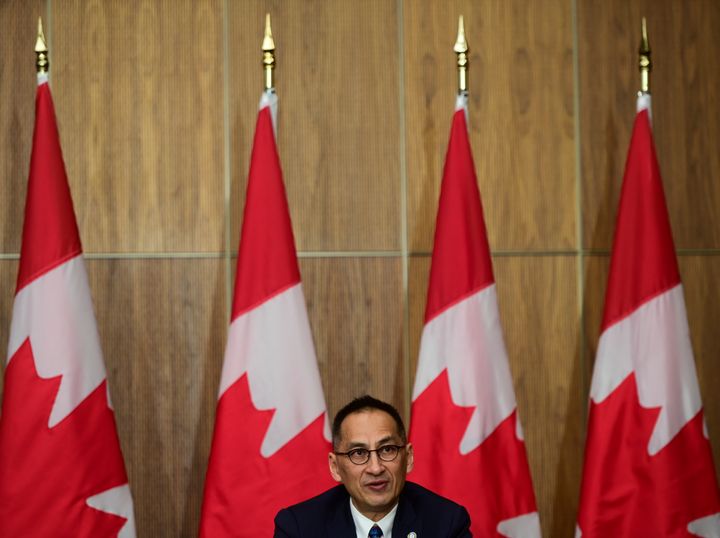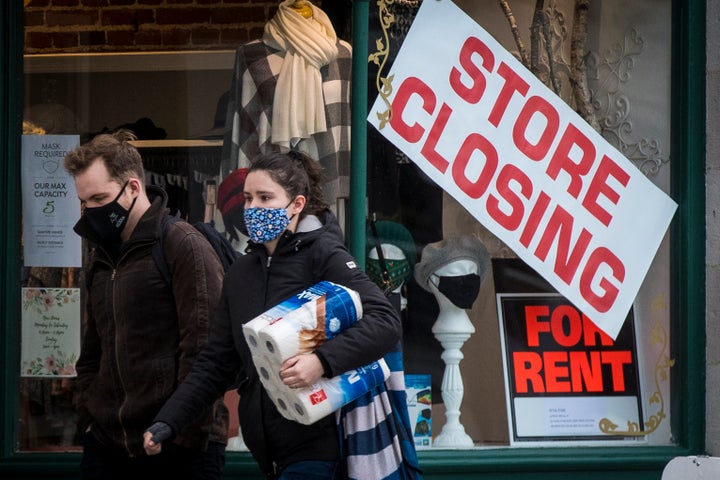
OTTAWA — Canada’s deputy chief public health officer offered a candid comment Tuesday, saying social and behavioural impacts of long-term pandemic living weren’t top of mind in the initial drafting of COVID-19 response plans.
It was a sidebar comment during a press conference in Ottawa where officials offered both optimism about Pfizer and Moderna’s vaccine trials, and alarm over the rising number of confirmed COVID-19 cases across the country.
When asked about some jurisdictions preparing for more restrictive measures to lower transmission rates and get the virus under control, Dr. Howard Njoo shared a lesson he’s learned now that he didn’t know back in the spring at the pandemic’s onset.
“One of the things I’ve certainly learned is that maybe one thing we didn’t take into account, and it’s something we’re learning about, is the sort of human behavioural aspect and the fact we’re all suffering from COVID fatigue,” Njoo said.
Watch: Trudeau warns Canadians to avoid travel this winter. Story continues below video.
COVID-19 is an infectious disease and the deadliest outbreaks have shown that crowded rooms with little to no ventilation are spaces where transmission risk can be the highest.
Long-term adherence to physical distancing measures can foster a sense of isolation and loneliness among some people. Psychology and neuroscience professor Julianne Holt-Lunstad at Brigham Young University in Provo, Utah, told HuffPost earlier this year that those feelings are “thought to be a biological drive that motivates us to reconnect.”
Navigating changing public health guidelines and confusion over which levels of government are responsible for what adds to the overall feeling of fatigue.
“We’ve been at this for many months,” Njoo said, adding that in the spring, adjusting to wearing a face mask and respecting physical distancing were picked up as interim accommodations. We started to let go in the summer, he said, “now we’re having that second wave and it’s tough.”
As of Tuesday, 302,192 cases of COVID-19 have been confirmed in Canada, resulting in the deaths of 11,027 people. There are approximately 51,000 active cases nationally with an average of 58,400 people being tested daily with a 6.6 per cent positivity rate for those tests.
Njoo said the issue now for public health officials is getting people “to understand and appreciate that the situation now is just as severe if not worse compared to what we endured in the spring.”
He said Lockdowns have a certain appeal “but we recognize there are other severe consequences, both social and economic.”

With promising news about the Pfizer and Modern vaccine trials, Njoo said in French that it’s possible a “large proportion of the Canadian population could be immunized by the end of next year.”
Recent rapid rise in confirmed cases alarm officials
It took Canada four months to reach 100,000 confirmed cases. Case count reached 200,000 on Oct. 19. Less than a month later, the country hit its 300,000th confirmed case this week.
Chief Public Health Officer Dr. Theresa Tam said last week if current trends hold, “it is estimated that there will be over 10,000 cases daily by early December.”
Informal social gatherings and activities are key drivers of continued disease transmission, Tam said at the time. “It is natural to relax” in these settings, she said. “But this can mean it is easy to forget and to let our guard down on the necessary precautions.”
Prime Minister Justin Trudeau didn’t mince words Tuesday talking about the recent rise in cases, particularly in Western Canada. He called the number of confirmed new cases in Quebec, Ontario, Saskatchewan and Alberta over the weekend “record-breaking.”
With people’s minds starting to wonder about Christmas, the prime minister said how the winter holidays will look like will depend on what people do en masse, relative to their region, to flatten the curve, again.
“Obviously the holidays will be different this year than in years past, there’s no question about that,” he said.